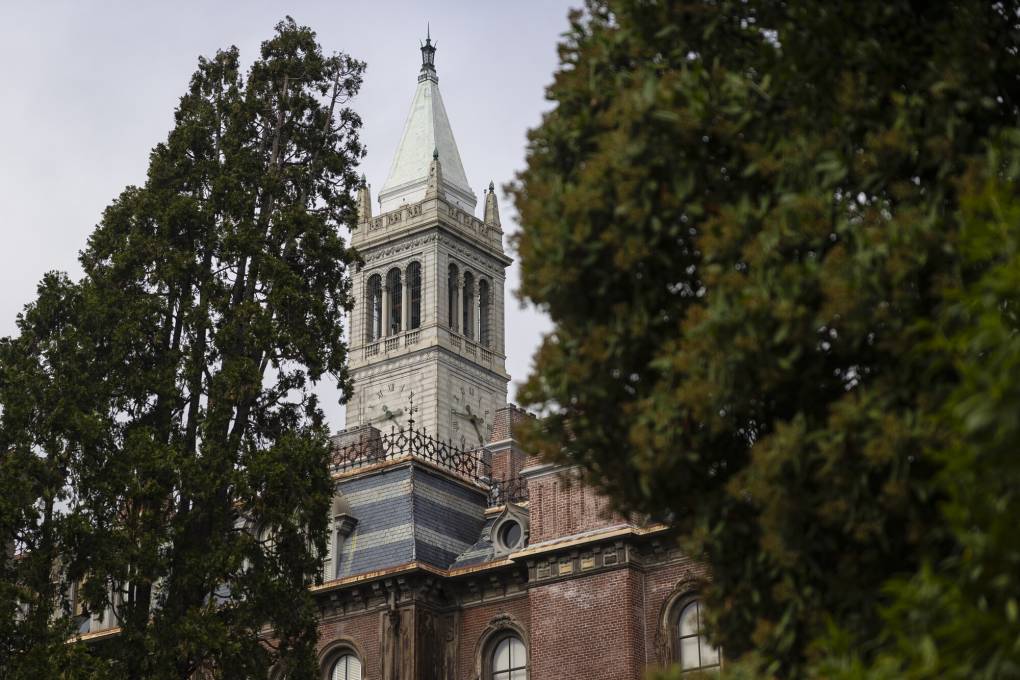Even a cursory review of the trendy newsletter platform Substack reveals a vast and varied roster of topics and writers, ranging from the headline-grabbing musings of punk rock icon Patti Smith to the work of thousands of lesser-known hobbyists and self-styled experts.
Typically, Substack takes 10% of any revenue a newsletter writer generates selling subscriptions. The digital payment processor Stripe gets another 3% from the writer. Substack pays some particularly desirable writers substantial fees up front: mainly name-brand journalists, pundits and personalities, some of whom have abandoned mainstream media outlets to focus on Substack.
That strategy differentiates Substack from other newsletter platforms – but it has also incited a backlash.
Flush with venture capital cash from the likes of Andreessen Horowitz, Substack has approached some writers with big money upfront — $250,000 in some cases — in order to seed the 3-year-old platform with people who will draw a crowd. The company describes these deals, part of its Substack Pro program, on its blog:
We see these deals as business decisions, not editorial ones. We don’t commission or edit stories. We don’t hire writers, or manage them. The writers, not Substack, are the owners. No-one writes for Substack – they write for their own publications. We cannot contact their readers without explicit permission, and we make no attempt to influence their content, other than requiring that they adhere to the content guidelines that apply to all writers on Substack (read our stance on content moderation for more).
That language strikes Sarah T. Roberts, who co-directs UCLA’s Center for Critical Internet Inquiry, as disingenuous.
Roberts’ Twitter thread predating the above blog post is part of a vitriolic online debate about Substack’s claim that it’s yet another Silicon Valley savior swooping in to save journalism from the economic collapse set off by other Silicon Valley companies like Google and Facebook.
As Substack co-founder Hamish McKenzie wrote last May, “Some in the news business hope that Facebook and Google, under the right pressure from regulators, will send them rescue money. But no matter how much money can be squeezed out of the tech giants, it will never be enough to fix the broken parts of the support system that once sustained the free press. Instead, to find a way forward, those who care about the future of news need to play a different game – one that puts writers in control of their own destiny.”



